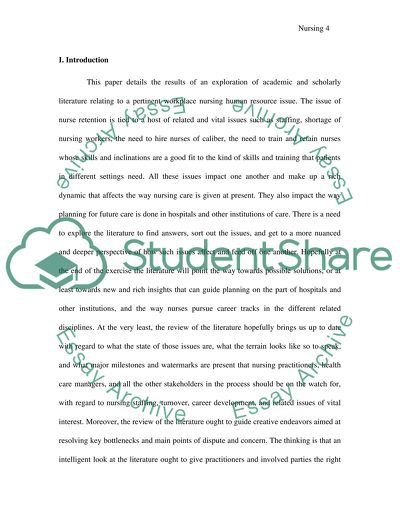Cite this document
(“Patient Workplace Nursing Human Resource Issue Essay”, n.d.)
Retrieved from https://studentshare.org/nursing/1447408-training
Retrieved from https://studentshare.org/nursing/1447408-training
(Patient Workplace Nursing Human Resource Issue Essay)
https://studentshare.org/nursing/1447408-training.
https://studentshare.org/nursing/1447408-training.
“Patient Workplace Nursing Human Resource Issue Essay”, n.d. https://studentshare.org/nursing/1447408-training.


